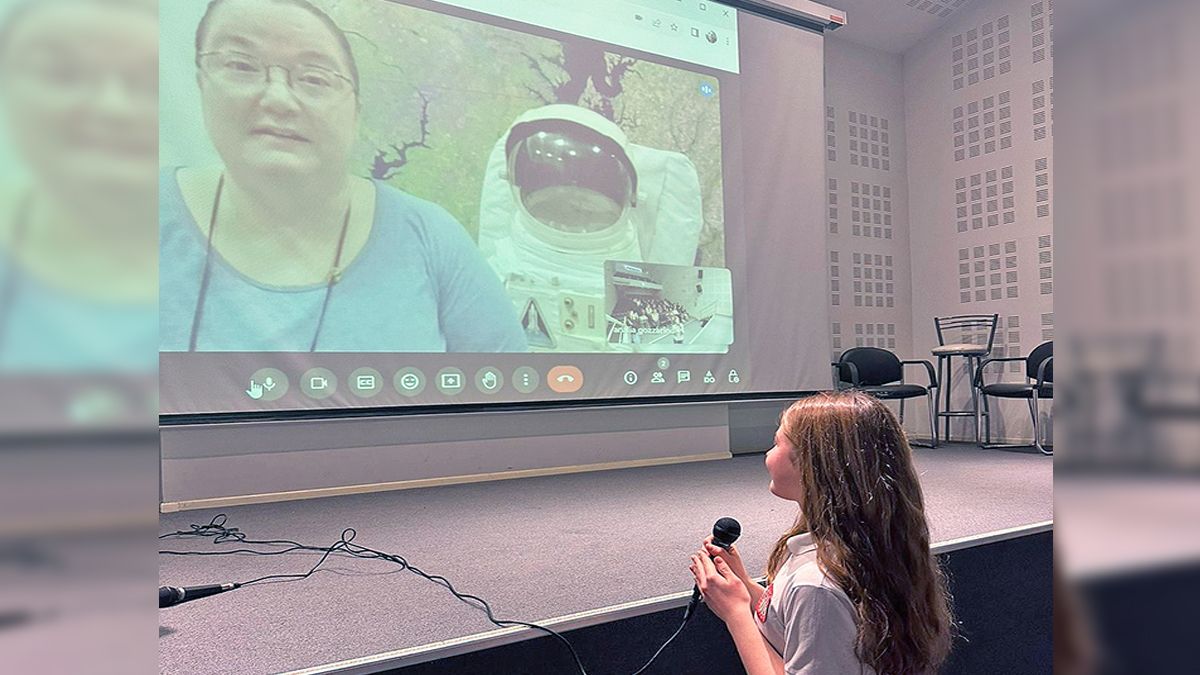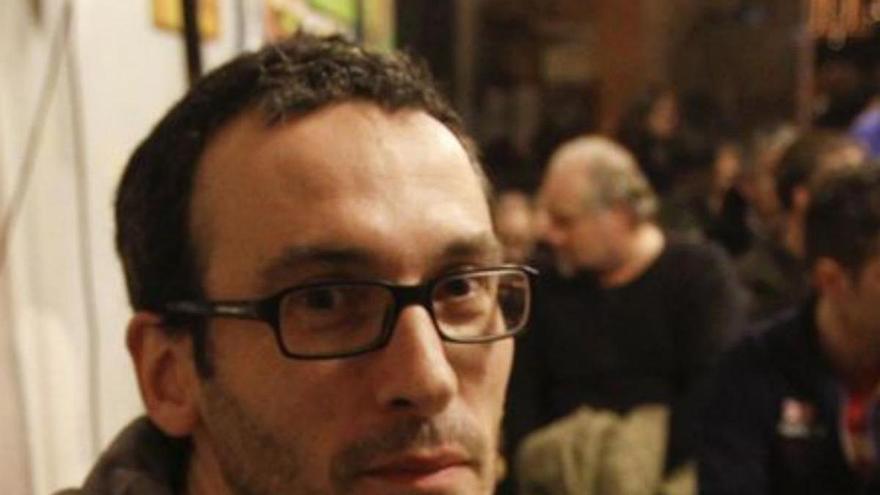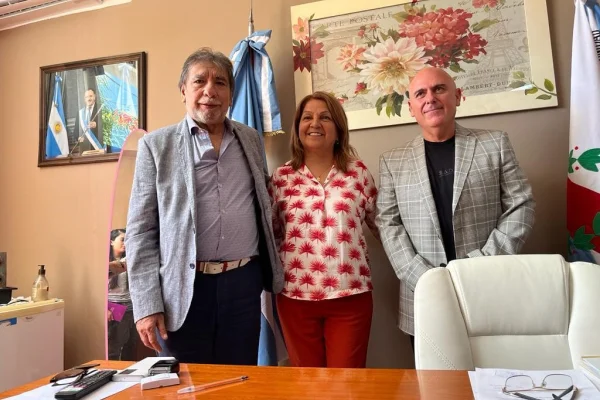Grade 5 A and B students interacted by video with agents from the Goddard Visitor Center, Maryland, USA.
Paste or dried foods. “Nights and Days” is 45 minutes each. Doing physical activity for at least two hours a day to avoid losing muscle mass and even the possibility of growing a garden out of the ground.
These were some of the points that aroused the greatest interest for the fifth grade students (A) and (B) at La Merced School, who since their days had a virtual conversation with NASA experts in a direct connection between the Goddard Visitor Center, in the state of Maryland, in the United States, and the Hall of the Foundation Rio Quartens Education.
The activity was developed within the framework of the English language subject, where the students were not only able to practice a smooth dialogue with their interlocutors, but at the same time immerse themselves in a world as unknown as it was surprising.
Through previous negotiations conducted by teacher Analia Guzarino, for about an hour the students were able to learn first-hand what it means to live and work in space and had the possibility to directly ask the protagonists about their daily routines located in a region completely alien to the force of gravity.
Federica Gentile, Faustina Daniele, Agustina Giorgi, Francisca Musso, Giuliano Valsecchi, Malena Mingo, Luna Bellicodi and Lucia Forlan were the students who, after the lecture, agreed to share the educational experience with Pontal and among the countless issues that came up, he showed remarkable interest The astronauts’ previous preparation and the day spent during the six months that each space mission lasts.
Testimonials – Recommendations
One aspect that caught the young people’s attention is the international cooperation that takes place in the run-up to each shipment into space. “They told us that every spacecraft is being assembled by scientists from countries in different parts of the world and not just from the United States, where NASA is headquartered,” Furlan noted.
Valsecchi added: “We consider it very important to know that there is international cooperation in these tasks that ultimately seek to make contributions to the whole world.”
For his part, Mingo said he was struck by the rigorous pre-training that astronauts apply as they prepare for routines in space. “A large part of the training involves being in the about 20-meter deep pool where astronauts who will be traveling into space descend to learn in a space that simulates being a ship, and issues such as controlling the suit before extreme temperature differences,” the student said.
“The effort they put into training is impressive and they really dedicate their lives to it, because they will be there for six months and they will leave their families for the same reason,” added Daniele.
Another point that aroused the curiosity of the fifth-year students was the way of eating and the routine of activities and rest that they adopt outside the planet.
“In terms of food, they explained to us that very specific products can be eaten for consumption in space, and they are prepared exclusively by nutritionists and specialists,” Musso says. In this regard, specify that these foods can be transported vacuum-packed in the form of paste, or as dried food, and then rehydrated at the exact moment in which they will be eaten.
“It is interesting to keep in mind that for every action there is a different action than we are used to on Earth, because it is based on the fact that everything floats. For example, you cannot drink water as we normally do here or brushing your teeth is different. In short, life in space is very different from here,” Giorgi said. “And we asked what happened in the event of a serious health emergency and the woman told us that they have a ship, and it is in orbit over the United States, and it takes about three hours to come down to Earth to receive it.” care.special.They also have a first aid locker and medical preparation for any emergency.
Forlan, for his part, commented that he was stunned by the testimony that an international space station orbits the globe every 90 minutes, causing him to change the routine she had maintained on Earth before traveling. “So there’s 45 minutes in the day here and 45 minutes in the night, so they told us they were based on England time and that when it was 8:00 in that country, they started what on earth was their time.” “The nighttime routine is when they are getting ready for bed,” he said.
Meanwhile, Bellicoudi highlights the intense physical activity they must maintain to prevent their muscles from weakening, arguing that by not being subjected to the force of gravity, they hardly expose themselves to the strain of daily work. He described: “They attach great importance to what the sport is to keep themselves and perform at least two hours a day of activities with movements similar to walking or cycling.”
The students indicated that the lecture was useful to learn about the possibility of having a fluent dialogue in English, and that when purely technical issues were mentioned, the same teacher acted as interlocutor to remove doubts. Thus, young people had an educational experience in which curiosity and interest multiplied the benefits of academic learning.





:quality(85)//cloudfront-us-east-1.images.arcpublishing.com/infobae/52NUTEJ2ARFTRG6KFAAXHTM74A.jpg)